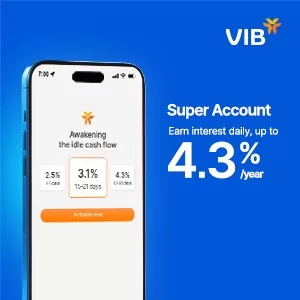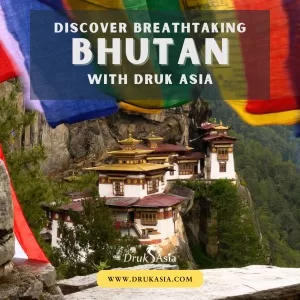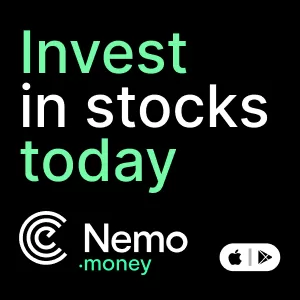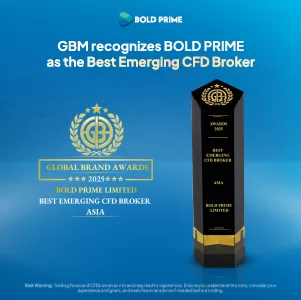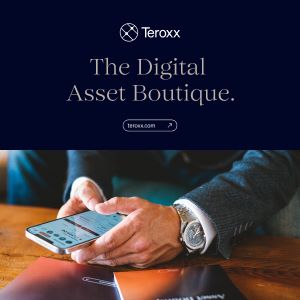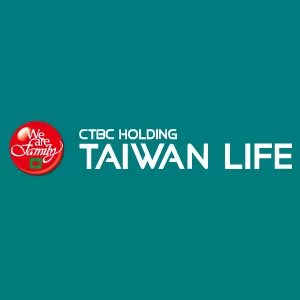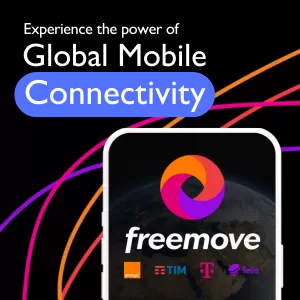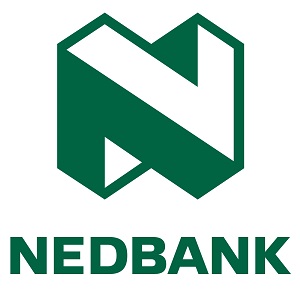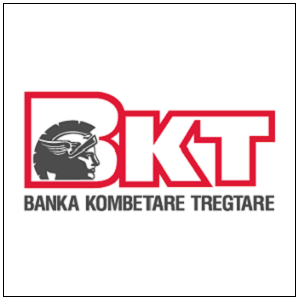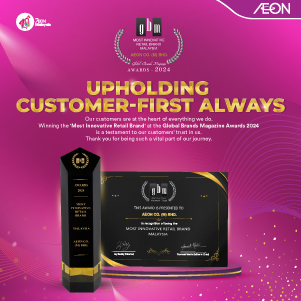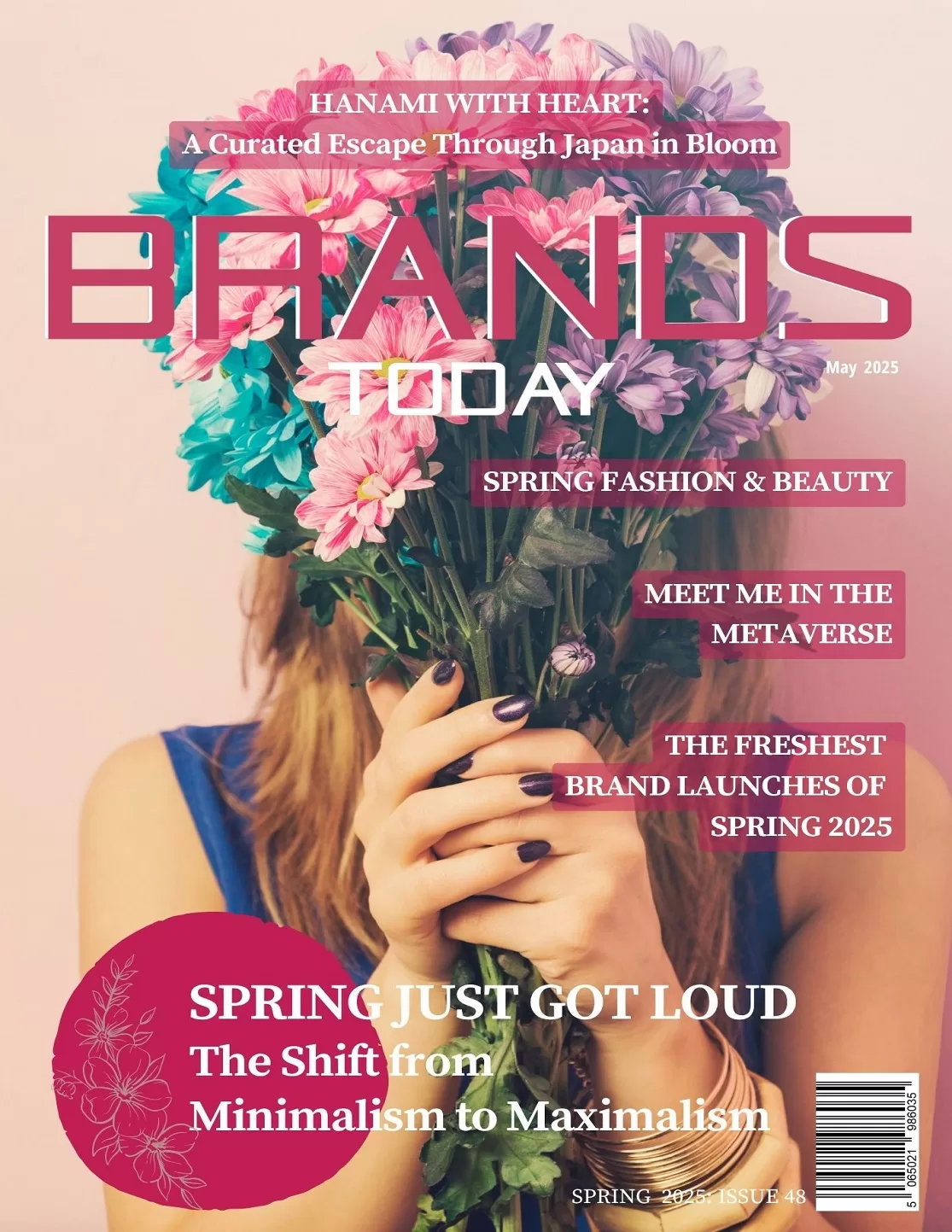Brand Strategy
Aura Farming 101: The Branding Strategy You Can’t Ignore

- Aura farming is emerging as a relevant approach to shaping consumer perception as trust and the narrative are given prominence in consumer-brand interactions.
- Brands are gradually shifting focus from traditional marketing to culture-led influence strategies, highlighting a broad behaviour change in branding.
In the still-shaping world of brand communication, aura farming has quietly emerged as a potent lever shaping how companies go about expressing themselves to consumers. Rather than emphasising direct transactional interactions or even storytelling per se, in modern terms, a brand is investing in accumulating symbolic capital – an intangible perception of status, relevance, and desirability that cannot be bought or fabricated.
Aura, in this context, looks less into external appeal and more into how reception takes place in the ether of the digital and cultural realms. It points to credibility, desirability, and a social currency that transcends the product itself. This strategic shift is not some passing trend; rather, it has come about due to fundamental changes in the dynamics of consumer-brand relationships in the post-performance marketing era.
Where Aura Farming Is Evident
The indications for this change are visible across industries:
- Fashion houses preview collections through cryptic posts on Instagram rather than running press shows
- Consumer tech companies create hype on Discord communities around unreleased products
- Influencer marketing is morphing into creator ecosystems where endorsements are almost subliminal
- Early access and invite-only drops now build perceived value on par with media spend
Brands are no longer competing just on product innovation itself or pricing. They fight for mindspace, and aura is the means of building this mindspace.
Key Components of Aura Farming
From the most recent case studies and trend monitoring, the same elements are found in every successful aura farming process:
- Scarcity as a signal: Rare access to a product generally drives demand among customers. Brands like Supreme and a few others have maintained cult loyalty by limiting availability.
- Worthwhile affiliations: Endorsements from those with cultural capital – musicians, creators, and niche thought leaders – generally trump traditional endorsements.
- Coherent narrative: Brands that create a coherent narrative through all of their communication channels tend to garner greater trust and recognition.
- Strategic enigma: If there is cultural relevance and a strong sense of identity, setting up a little mystery pays off well.
- Earned influence: The brand story goes much farther in gaining engagement when endorsed by audiences willing to share it rather than when its visibility has been bought.
Why This Shift Is Accelerating
The volume of marketing messages the average consumer encounters daily continues to rise, contributing to ad fatigue and declining attention spans. Many marketing analysts estimate exposure levels to be in the range of thousands of brand messages per day.
Alongside this, consumer trust in traditional advertising has declined, especially among younger audiences. While exact percentages vary by study, the broader pattern is supported across Deloitte, GWI, and Edelman Trust Barometer findings: cultural relevance, transparency, and peer validation now matter more than direct brand messaging.
Case: Nothing Tech
London-based consumer tech brand Nothing exemplifies aura-first branding. Before product release, the company generated attention through minimal yet stylised announcements, founder-led storytelling, and community-driven speculation.
Their product launches have often coincided with spikes in social conversation, and their early Discord community and earned media strategy allowed them to create anticipation disproportionate to their advertising budget. While exact sales or engagement metrics are not publicly confirmed in detail, the model illustrates how aura can precede product awareness.
Case: Jacquemus
French fashion brand Jacquemus has built its identity around visual subtlety and social curiosity. Instead of overt promotion, the brand leans into symbolic imagery, location-driven pop-ups, and understated campaign rollouts.
Though specific engagement metrics and media coverage counts are typically internal, the frequency of unsolicited media mentions and influencer posts around each activation suggest a high level of earned visibility. Its approach remains a reference point for how narrative discipline and aesthetic clarity can shape brand perception.
Why Brands Are Rethinking Paid Ads
Anecdotal evidence from brand case studies and emerging reports in marketing research shows that consumer scepticism towards paid influencer posts is growing. Increasingly, consumers are engaging more with content that feels peer-generated or brand-adjacent rather than explicitly branded.
Aura farming relies on this shift, building community context and perceived authenticity over commercial signals. While more time-intensive, it often results in stronger emotional engagement and sustained attention.
How Brands Can Engage in Aura Farming Today
Building an aura doesn’t require fame. It requires precision.
Start with:
- Cultural relevance over product focus. Can your brand speak to a moment before it tries to sell a thing?
- Gateways, not broadcasts. Can you design access points (Discord, Close Friends, beta testers) that invite deeper engagement?
- Symbolic value creation. Are there figures in your ecosystem who carry meaning without being transactional?
- Soft presence reduces over-explanation. Create room for interpretation.
- Narrative seeding: Place stories in places where your core users already engage. Reddit, community forums, group chats.
Learning from the K-pop Model
K-pop fandoms operate like micro-PR teams. Groups such as NewJeans and Le Sserafim often release staged visual cues and teaser content weeks before formal debuts or releases. This has encouraged community speculation and deeper fan investment.
Western brands have begun to borrow these strategies. Glossier’s staggered reveal techniques and MSCHF’s intentionally cryptic launches are current examples of anticipation-based brand engagement.
The Role of Founders and Public Figures
Many successful brands have been closely tied to the public profiles of their founders. Ben Francis and Gymshark, for instance, demonstrate how a founder’s journey can create narrative alignment that audiences follow. Similarly, Emily Weiss was instrumental in shaping Glossier’s early perception as an insider-led beauty movement.
While exact analytics are typically proprietary, brand-aligned storytelling from public figures often contributes to long-term trust and deeper engagement.
Digital Tools That Support Aura Cultivation
- Substack for long-form storytelling
- Instagram Broadcast Channels to create closed-loop narrative updates
- UGC monitoring tools to track organic brand mentions
- Community platforms like Discord and Reddit are used to seed and evolve ideas
- Private access tools (e.g., token-gated web content) to reward early adopters
How Aura Farming Differs From Legacy Influencer Models
Traditional influencer marketing is built on visibility and conversions. Aura farming, by contrast, emphasises perception and cultural traction.
It’s less about reach and more about resonance. Rather than optimising for clicks, the focus is on narrative consistency, embeddedness in cultural niches, and symbolic alignment.
Missteps in this space tend to happen when brands try to manufacture authenticity through influencers who don’t naturally connect with their ethos.
Common Missteps
As brands experiment with aura farming, many fall into avoidable traps that ultimately dilute the strategy or, worse, erode consumer trust.
One common misstep is launching a product into the market without having built any pre-existing ecosystem around it. Without a narrative foundation or a base of cultural credibility, even strong products risk entering a saturated marketplace unnoticed.
Another recurring issue is over-reliance on influencer partnerships as a shortcut. When brands engage creators who have visibility but lack alignment with the brand’s symbolic narrative, it can feel opportunistic. The collaboration becomes transparent as a transaction rather than a shared belief system.
Brand dilution is also a risk. Many attempt to occupy too many platforms at once, fragmenting their visual and tonal identity. This creates inconsistencies that weaken narrative clarity. In the context of aura, consistency is not just desirable—it’s fundamental.
A less obvious but equally damaging pitfall is mistaking minimalism for mystique. Brands sometimes pull back communication so far that it becomes illegible, which leads to confusion rather than anticipation.
Finally, there is the tendency to chase broad reach at the expense of focused relevance. Brands with tightly defined codes often gain deeper resonance in niche markets. Trying to please everyone dissolves the aura.
Where and How to Track Aura
While not as easily measured as ad metrics, aura can be tracked across various indirect but insightful signals.
Brands paying close attention to digital behaviour can monitor spikes in branded search queries immediately following a soft launch or campaign activation. These upward shifts in interest often point to a successful build-up of intrigue and narrative momentum.
Waitlist sign-ups are another strong indicator of cultivated demand. They measure more than readiness to purchase—they reflect desire generated in the absence of traditional promotional tactics.
User-generated content (UGC) also offers a lens into the aura. When consumers create content organically—without being incentivised or prompted—it signals a deeper level of brand attachment. The Frequency and sentiment of these posts across platforms like TikTok, Reddit, and Instagram can reveal the ambient energy surrounding a brand.
Conversation index scores and share of voice within niche communities (from Discord to subreddit threads) provide a barometer of cultural relevance. These are less about reach and more about embeddedness.
Lastly, virality without amplification—when content spreads widely without being paid for—signals narrative potency. This is one of the strongest indications that Aura is doing its job.
Final Thought
Brands that prioritise aura are investing in long-term perception equity. As media saturation grows, it becomes less about what you sell and more about what you signal.
Presence before product. Symbol before story. Aura before acquisition.







